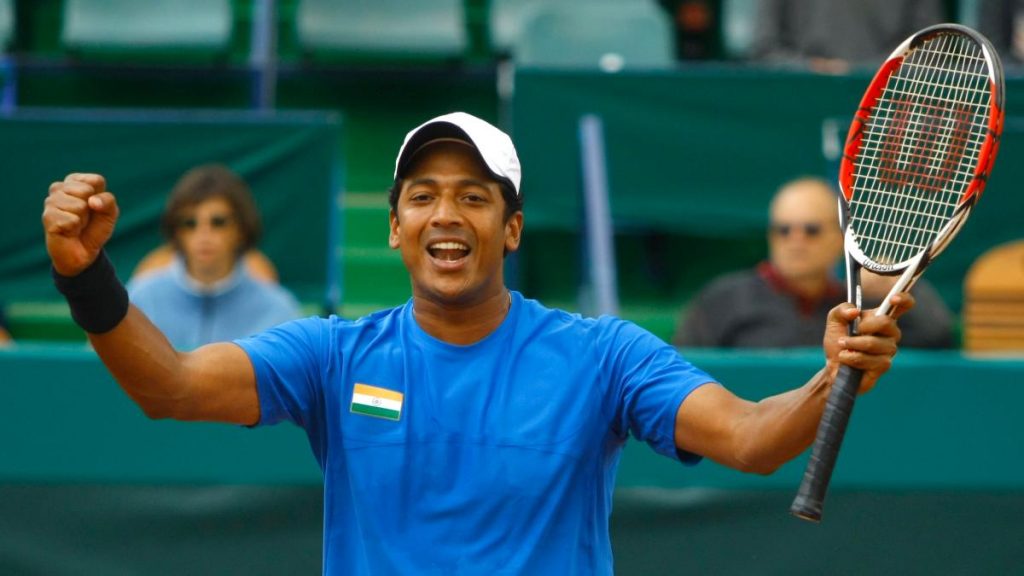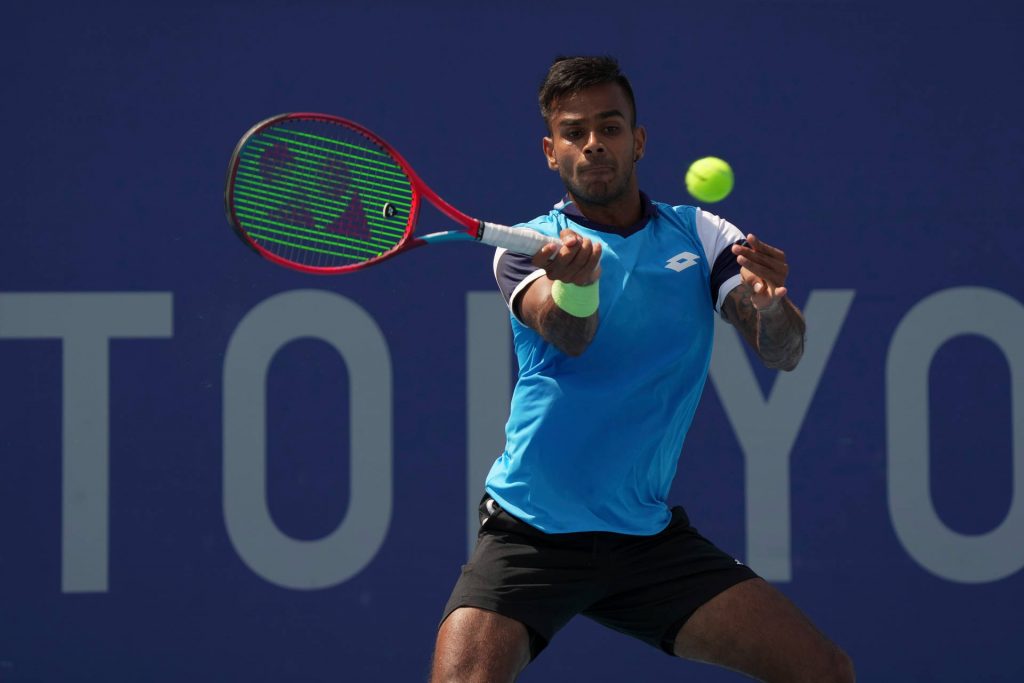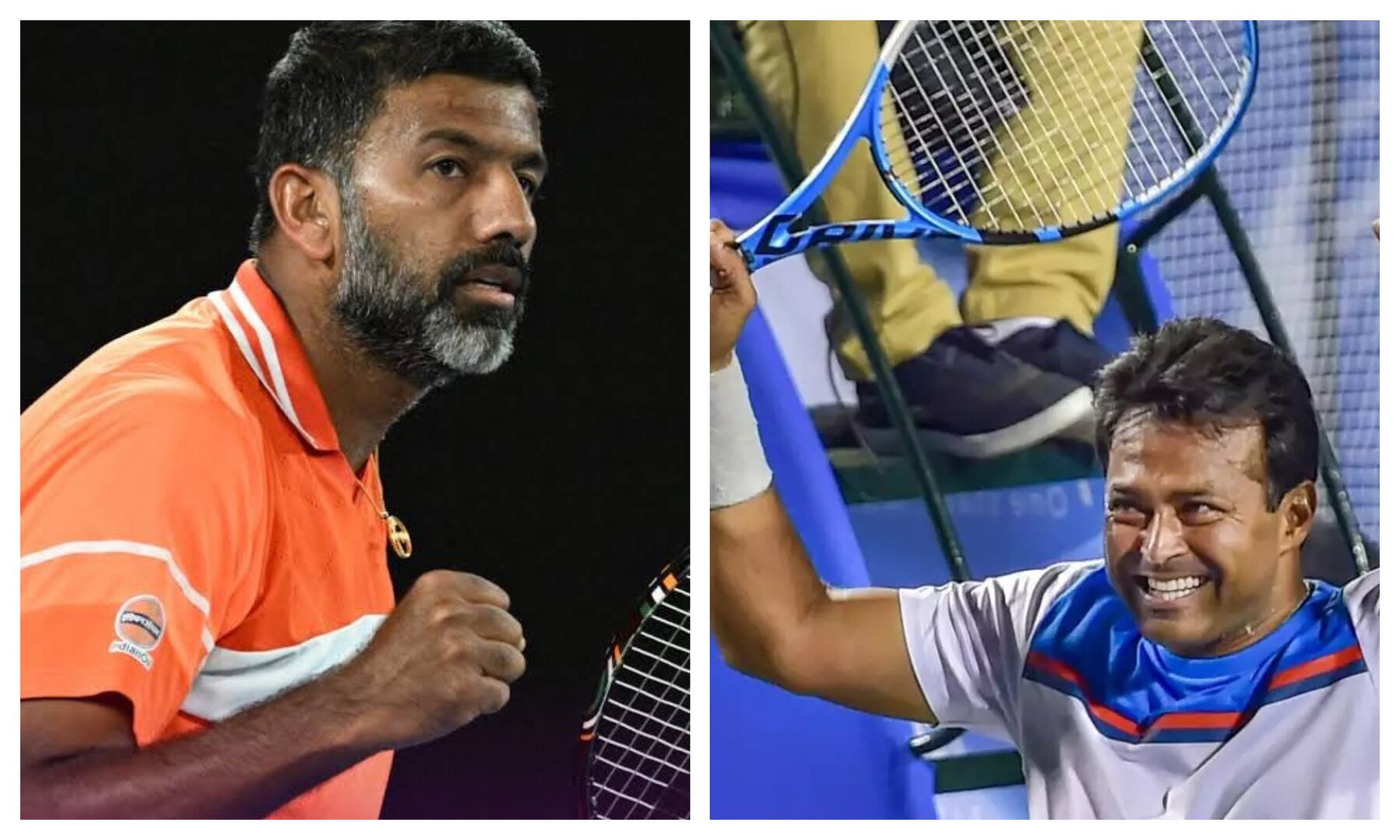Tennis in India is not just a sport; it’s a compelling narrative of passion, perseverance, and international acclaim. From the bustling cities to the serene outskirts, Indian tennis players have carved out a niche on the global stage, bringing pride and recognition to their homeland. This cultural embrace of tennis pivots significantly around the achievements and charisma of male players, who have consistently pushed the boundaries of what Indian athletes can achieve in this demanding sport.
The journey of Indian tennis has been marked by extraordinary feats, from historic Davis Cup runs to memorable Grand Slam victories that have ignited the dreams of countless aspiring athletes. These achievements are not just milestones but also testimonies to the relentless spirit and dedication of Indian tennis players. The sport has evolved in India, with infrastructural developments and increased accessibility, making tennis a viable career choice for the youth.
As we delve into the lives and careers of some of the top Indian tennis players, their stories unfold as chapters of inspiration coupled with technical prowess on the court. This article aims to highlight not only their achievements but also the evolving landscape of Indian tennis, which continues to nurture world-class talent. Through an exploration of their journeys, we will gain insights into the challenges they faced, the milestones they achieved, and the impact they have had on a nation that continues to rise in the global sports arena.
History of Indian Tennis
The origins of Indian tennis trace back to the late 19th century during the British colonial era, marking the inception of the sport in the subcontinent. Introduced by British army officers and civil servants, tennis quickly became a staple among the colonial clubs across India. The establishment of the South Club in Kolkata in 1890, one of the oldest tennis institutions in the world, symbolizes the early adoption and development of tennis in India.
As tennis gained popularity, India produced its first notable figures who would later become the torchbearers of the sport. Among these, the Amritraj brothers—Anand, Vijay, and Ashok—emerged in the 1970s as some of the most famous Indian tennis players. Vijay Amritraj reached the quarterfinals of Wimbledon and the US Open multiple times, bringing international attention
Another landmark achievement came in the 1990s with the rise of Leander Paes, who won an Olympic bronze medal in 1996, India’s first in tennis. Paes, along with Mahesh Bhupathi, another iconic figure, dominated the men’s doubles scene globally. Their victory at the 1999 French Open marked the first Grand Slam title won by Indian players, setting a precedent for future generations.
The turn of the millennium saw further development in the infrastructure of Indian tennis, with the establishment of numerous academies and training centers aimed at nurturing young talent. This period also witnessed the rise of female tennis stars like Sania Mirza, who became the first Indian woman to win a WTA singles title and later, multiple Grand Slam titles in doubles.
The evolution of Indiantennis from colonial pastime to a significant global presence has been a journey of overcoming challenges and achieving milestones, with each generation building on the previous one’s successes and paving the way for the future. This history not only highlights the sport’s growth but also its impact on India’s international sporting reputation.
Profiles of Top Indian Tennis Players
The narrative of hindi tennis is woven with the tales of iconic players who have transcended national boundaries to achieve global acclaim. This exploration into the careers of Indian tennis legends—Leander Paes, Mahesh Bhupathi, and Rohan Bopanna—sheds light on their influential roles in shaping the sport. Alongside this, the emergence of new talents promises to sustain and enrich this legacy, highlighting both the historic and ongoing evolution of tennis in India.
Leander Paes is distinguished by his extraordinary skill in doubles tennis. Renowned for his quick volleys and agile game-play, Paes has accumulated numerous Grand Slam doubles victories. His 1996 Olympic bronze medal underscored his prowess in singles, establishing him as an inspirational figure in tennis.
Mahesh Bhupathi stands out as a pioneering force in Indian doubles tennis. Known for his powerful serve and dynamic play, Bhupathi was the first Indian to clinch a Grand Slam title. His numerous victories, often alongside Paes in the acclaimed duo known as the “Indian Express,” have significantly influenced the strategic elements of doubles tennis.

Rohan Bopanna, with his formidable serve, exemplifies perseverance in tennis. Achieving his peak with a Grand Slam win at the French Open in his late 30s, Bopanna’s career longevity and performance level make him a model of dedication and resilience in the sport.
The horizon of tennis is brightened by the rise of new players such as Sumit Nagal, who has made significant strides in the ATP rankings. These young athletes, with their innovative approaches and dedication, are poised to carry forward the rich tennis heritage of their predecessors.
Together, these athletes form a compelling narrative of achievement and aspiration, illustrating the vibrant legacy and promising future of tennis. Each player, with their distinctive style and contributions, continues to enhance India’s stature in the global tennis landscape.
Significant Achievements in International Tennis
The landscape of international tennis has been significantly influenced by the prowess of Indian tennis players, who have not only competed but excelled at the highest levels of the sport. Their remarkable achievements have played a crucial role in elevating India’s status in the global tennis arena.
One of the most iconic figures, Leander Paes, epitomizes the success of Indian tennis players on the international stage. Paes clinched a bronze medal in the 1996 Atlanta Olympics, marking a historic moment as it was India’s first individual Olympic medal since 1952. His victory heralded a new era for tennis, inspiring a generation to pursue the sport at a competitive level.
In the realm of Grand Slams, Mahesh Bhupathi stands out as the best Indian tennis player in doubles, being the first Indian to win a Grand Slam title. His victory at the 1997 French Open in mixed doubles set a precedent, and he went on to win several more Grand Slam titles, both in men’s and mixed doubles categories. Together, Paes and Bhupathi, often referred to as the “Indian Express,” dominated men’s doubles, reaching the finals in all four Grand Slam tournaments in 1999, and winning two.
Sania Mirza, another stellar athlete, became the first Indian woman to win a Grand Slam title, securing victories in both women’s doubles and mixed doubles competitions. Her success has not only been a source of national pride but has also sparked significant interest in women’s tennis across India.
These athletes’ triumphs at prestigious international tournaments have greatly enhanced the reputation of Indian tennis. Their success has provided a template for excellence that upcoming players strive to emulate, ensuring the legacy of tennis continues to thrive on the global stage.

Challenges and Opportunities for Indian Tennis Players
Indian tennis players face a unique set of challenges and opportunities that shape their careers on both national and international stages. Funding remains a significant hurdle, as many athletes struggle to secure the financial support needed to compete at the highest levels. The cost of training, travel, and competition can be prohibitive without substantial sponsorships or government aid, which are not as readily available in India as in more tennis-dominant countries.
Infrastructure also poses a challenge. While urban centers like Mumbai and Delhi boast modern facilities, many parts of India still lack the necessary training venues. This disparity limits access to quality coaching and proper courts, which is essential for developing world-class players.
Competition within the sport is intense. Breaking into the top tiers of global tennis requires more than talent; it demands persistence and exposure to high-level matches. Many Indian athletes find themselves at a disadvantage due to limited opportunities to compete against top international players on a regular basis.
However, the landscape is changing. New training facilities are being established, with state-of-the-art equipment and world-class coaches. These centers are designed to provide Indian players with the best possible preparation and are often partnered with international tennis academies to exchange knowledge and resources.
Moreover, international exposure is increasingly accessible through more frequent participation in overseas tournaments and training camps. Such experiences are invaluable for gaining the competitive edge necessary for success on the world stage.
Lastly, sponsorship is slowly improving as Indian tennis gains visibility through the achievements of its top players. Companies are beginning to see the value in associating with tennis, which is opening doors for more players to receive the support they need.
The Future of Indian Tennis: Rising Stars and New Inspirations
The future of Indian tennis is bright, marked by a surge of promising young indian tennis players male ready to make their mark on the global stage. This new generation is poised to build on the legacy left by legendary figures such as Leander Paes, Mahesh Bhupathi, and Rohan Bopanna, whose achievements have significantly raised the profile of tennis across the nation.
These trailblazers have not only carved out illustrious careers for themselves but have also inspired countless young athletes to pursue tennis with vigor and passion. As role models, their influence extends beyond their technical prowess, instilling a sense of dedication and the pursuit of excellence in the sport.
Anticipating the future, it’s expected that these emerging talents will harness cutting-edge sports technology and comprehensive training methodologies to sharpen their skills. Supported by enhanced sports infrastructure and a competitive spirit kindled by their idols, these players are set to sustain and amplify India’s presence in the tennis world. This momentum is essential not just for their individual aspirations but also for continuing the robust legacy of hindi tennis in the competitive sports landscape.

Recent Comments